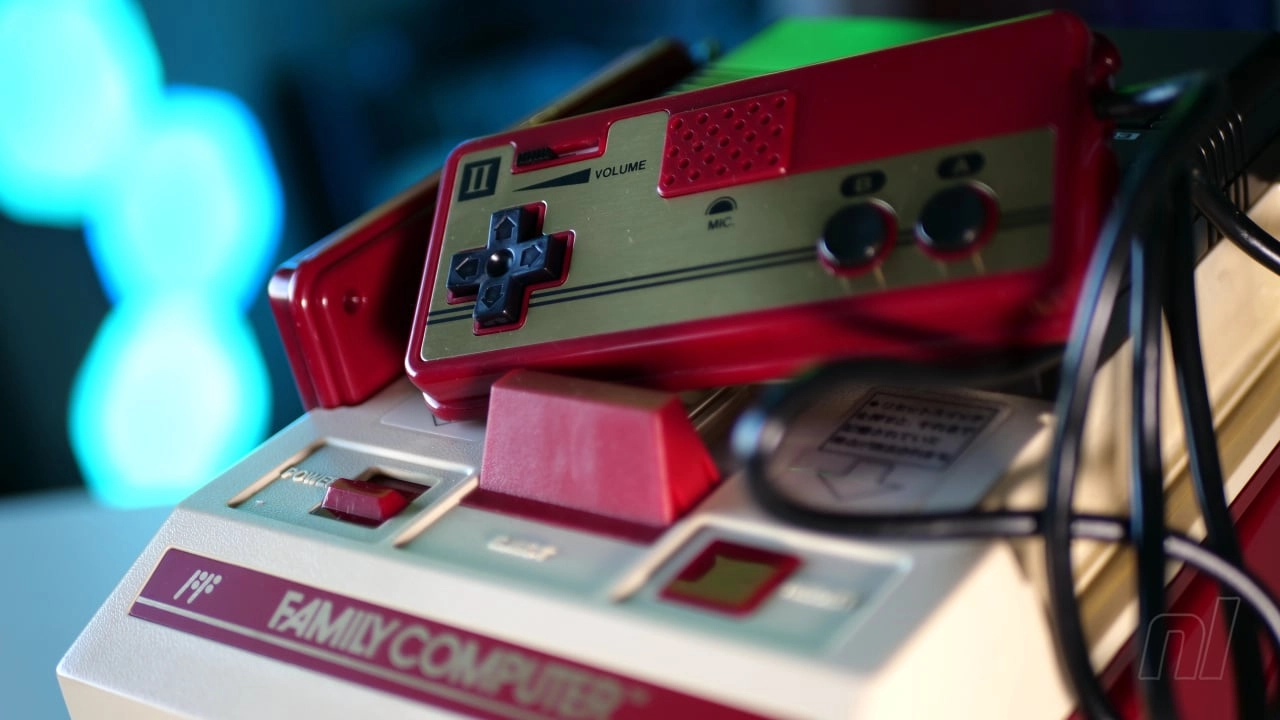
In the dynamic world of video gaming during the late 20th century, one game stands out not for its success but for its monumental impact on its developer and the industry: Metal Slader Glory. Developed by HAL Laboratory and released in 1991 for the Nintendo Famicom, this game turned out to be a commercial failure that almost led to the bankruptcy of HAL. However, this critical juncture also became a defining moment for HAL and its future relationship with Nintendo.
HAL Laboratory, founded in 1980, initially focused on producing games for early home computers like the MSX and Commodore VIC-20. The company ventured into game development with a pioneering spirit, embraced by personalities including Satoru Iwata, who would later become the eminent president of Nintendo. Iwata joined HAL during his university days, and under his leadership, the company took ambitious steps in game development. One notable step was the production of Metal Slader Glory towards the end of the Famicom's mainstream popularity.
Created by artist Yoshimiru Hoshi, Metal Slader Glory was an elaborate visual novel boasting advanced graphics and sound designs, pushing the Famicom's capabilities to its limits. The development process, lasting four years, was slow and fraught with challenges due to technological constraints and high production costs. Despite achieving breakthroughs in visual and audio expressions in gaming, the game's scale and ambitious nature resulted in significant financial losses.
The launch of Metal Slader Glory coincided with shifting industry dynamics, notably the introduction of the Super Famicom, which immediately outdated many titles developed for the original Famicom, including Metal Slader Glory. Consequently, the game sold poorly despite its technological achievements, putting HAL Laboratory in a precarious financial position.
Facing imminent bankruptcy by 1992, HAL's survival was largely due to intervention by Nintendo. This twist of fate was propelled by mutual respect and a strategic vision. Nintendo, recognizing HAL's potential through previous collaborations, decided to support the struggling company. A pivotal suggestion came from Shigesato Itoi, a friend of Iwata and the creator of EarthBound, who convinced Nintendo's then-president Hiroshi Yamauchi to save HAL under the condition that Iwata be appointed as its president.
Iwata's presidency marked the beginning of a significant transformation at HAL Laboratory. He initiated comprehensive changes in management and development practices, steering the company towards producing high-quality games. This shift not only stabilized HAL but also aligned them closer to Nintendo, setting the stage for a long-lasting partnership. Under Iwata’s leadership, HAL went on to create iconic games such as the Kirby series and the first entries in the Super Smash Bros. series.
Metal Slader Glory, despite its initial failure, returned to the limelight in 2000 with the release of Metal Slader Glory: Director’s Cut for the Super Famicom. This version was distributed through the Nintendo Power game distribution service, providing a renewed opportunity for gamers to experience its enhanced features. The Director's Cut served as a testament to the game's enduring legacy and its influence on the evolution of video game narrative and design.
Beyond just a game, Metal Slader Glory and its fraught development journey played a crucial role in shaping the modern landscape of video gaming by forging a bond between HAL Laboratory and Nintendo that has benefitted the global gaming community through innovative products and beloved game franchises. The resilience shown by HAL, supported by Nintendo, stands as a powerful narrative of overcoming adversity through innovation, collaboration, and strategic leadership, highlighting the unpredictable ways in which business failures can pave pathways to future successes.
You must be logged in to post a comment!